Here’s an interview with Florence Swamy, who’s the Chief Executive Officer of Fiji Audio Visual Commission’s (FAVC), the Government agency responsible for the development and promotion of the audio visual industry in Fiji.
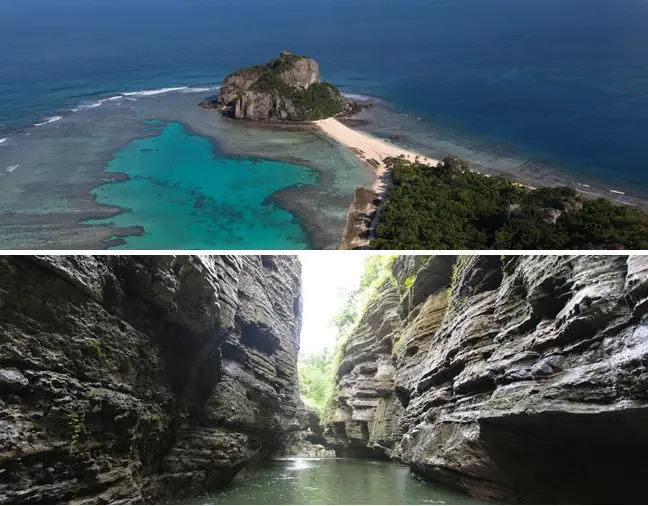
In the past several big Hollywood movies have been filmed here, and in recent times few Bollywood films have also been shot in Fiji. Fiji is a diverse & beautiful country and the ethnic groups here speak Hindi and Chinese. almost everybody speaks English here.
Here Florence Swamy talks about why it makes sense to film in Fiji, and the role of Fiji Audio Visual Commission in promoting the country to filmmakers around the world.
More about FAVC
The Fiji Audio Visual Commission (FAVC) offers a free service to any production wanting to film in Fiji, regardless of the type of project. This year we’ve had several TV shows and documentaries and couple of feature films from India. All locations approvals and permits were done through the FAVC.
More about the Geography & people of Fiji
Fiji is a tropical paradise known for its lush vegetation; its located in the heart of the Pacific Ocean, north of New Zealand and north-west of Australia.
Fiji is made up of around 330 tiny islands, about 100 of which are inhabited. Viti Levu and Vanua Levu are the biggest islands, and the next largest are Taveuni, Kadavu, Gau and Koro. Fiji has two cities – Lautoka and Suva, which is also the capital – and both are on the island of Viti Levu. The islands are surrounded by sandy beaches and reefs with mountains covering the centre of most of the islands. Most of the land is owned by indigenous Fijians and less than 4 percent is actually owned by the state.
Fiji is blessed with a tropical South Sea maritime climate without great extremes of heat or cold. The islands are susceptible to tropical cyclones – about one a year – but this is mostly only between November and April. Temperatures average 22°Celsius for the cooler months (May to October) and from November to April temperatures are higher with heavy downpours. The rainfall increases as you go further inland and the wettest months are December to April, especially over the larger islands. From May to October conditions are drier, particularly on the western and northern sides of the main islands.
Movies that have been filmed in Fiji in the past
Several Hollywood films have already been shot in this country, so they have an established history of filmmaking in Fiji. Movies like Blue Lagoon; Cast Away; Eco-Challenge; Anacondas, Survivor Fiji, Boot Camp were shot here. In recent times, few Bollywood films have also been shot here.
Incentive for filming in Fiji
Fiji has a competitive but stable exchange rate, experience in film production, and its well connected with the world.
Local labour and material costs are low compared to several other countries, and Fiji has a high literacy rate. The people are English-speaking and most ethnic groups also speak languages like Hindi and Chinese.
Connectivity with the rest of the world is also good; there are direct flight to and from the United States, Australia, New Zealand, Hong Kong, Korea and most of the Pacific Island countries.
Which locations are commonly used by film and TV crews for filming in Fiji?
Production companies are usually drawn to its beautiful beaches, waterfalls and jungles, but productions have also used its urban centres well in the past.
An extensive range of locations have been used in movies, from remote islands and resorts to bustling towns and cities, pubs, jungles, rivers.
More locations that filmmakers should consider in the future
Fiji has doubled for many different locations such as New York, Borneo and Chennai in India, courtesy Fiji’s several bustling metropolitan cities and colonial towns, which many people are unaware of.
We have British colonial buildings such as Government House, the wider Government buildings and colonial mansions, which have stood still in time.
There are also large sand dunes which can be used as desert locations. However, there’s more to its beaches, waterfalls and jungles.
Fiji also has the best dive spots on the Astrolabe reefs, great surf and fabulous beaches, isolated but accessible islands, lush jungles with tropical flora and fauna. There’s also flora and fauna which are unique to Fiji. Legend has it the red prawns on the island of Vatulele come up to the surface of the lake when sacred words are chanted.
When to come, where to land, where to stay?
Productions should ideally let us know their production schedules in advance. We can then advise on weather conditions to help get around our wet and dry seasons.
Nadi International Airport is where most international flights arrive and depart from. It’s on the western part of the main island, Viti Levu. It’s a 20-minute flight from there to the capital, Suva, or a three-hour scenic drive along the coast.
Most hotels are film-friendly but there are high and low tourist seasons. Once a location is chosen, it’s wise to talk to hotels around the area on the availability of rooms for crews as they may be booked out during a heavy tourist season.
Fiji is great for tourists too
Fiji is also a great place to have fun and to relax; in fact Fiji is the ultimate tourist destination. There are plenty of facilities in which to relax and play (golf, big-game fishing, surfing, hot air ballooning, white-water rafting, scuba diving and snorkelling) in one of the world’s most pristine and diverse marine environments. Fiji also has a lively night life and buzzing local markets.
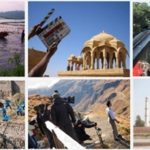
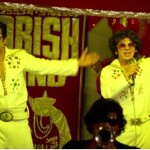
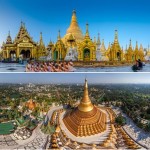

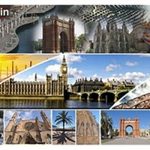



We, KASTOORI ARYAN CINE ARTS, is a Production House n planned to produce a Hindi Romantic Film in near future with very beautiful songs n a unique love story, part of which is scheduled to shoot in Fiji.
I would like to know that what type of facilities will be provided in searching locations and what concessions will be made available by FAVC, Fiji and also the cost to us for every thing in Fiji.
My mobile number will be switched off upto 18th February for some unavoidable reasons.
Jitendra Arya